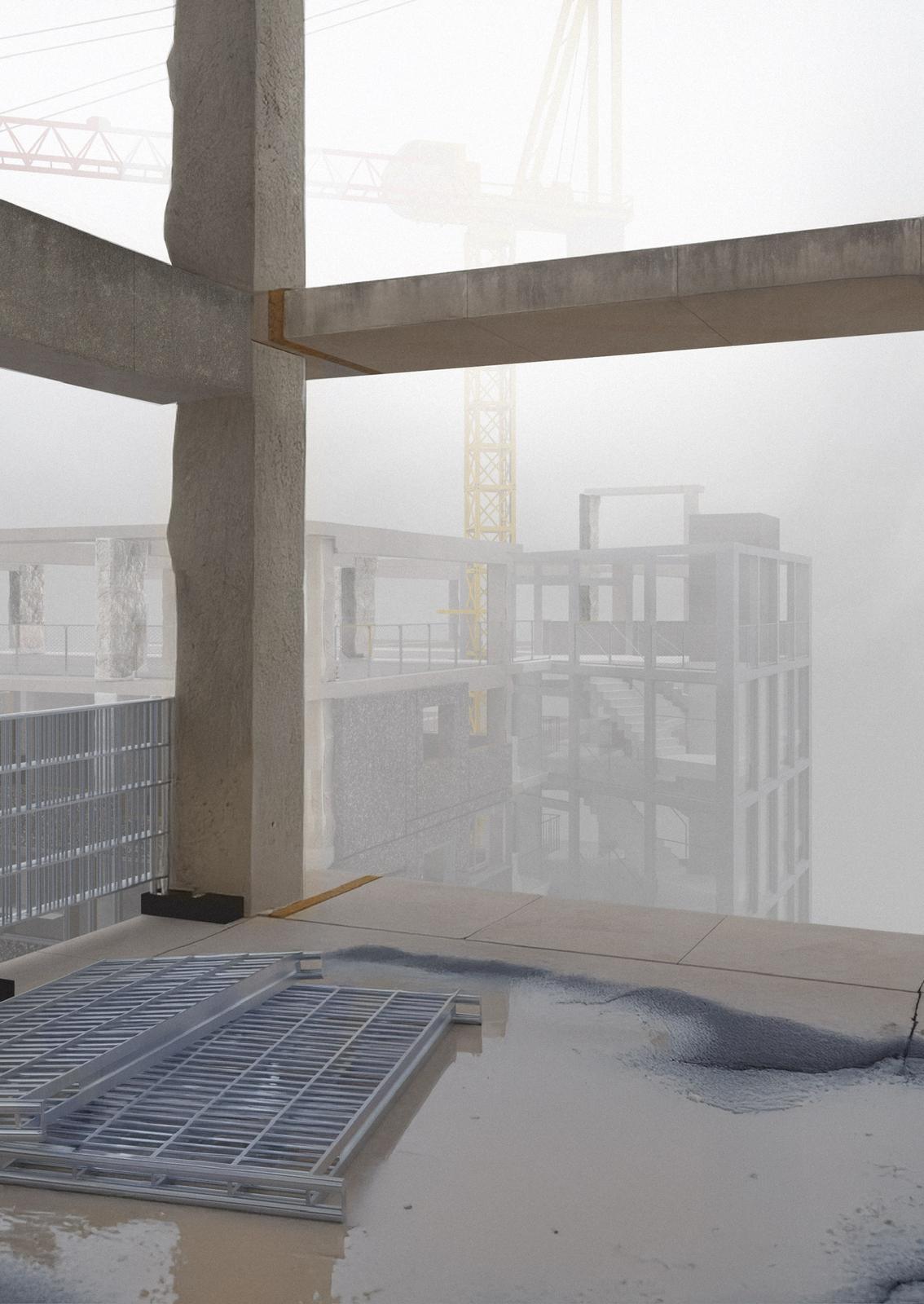The Thick of It (2024-2025)
Education | AA Diploma 13 | OMMX + Forms of Living

This year Diploma 13 will work in the thick of it – where we will seek to carve out a space of intervention central to the negotiation of everchanging proximities. We will focus on the physical thickness of architecture – walls, envelopes, boundaries, paths, thermal breaks – and the political relations that these engender between neighbours sharing space. We will develop proposals that carry an understanding of the reciprocal intersection between building form and the practices contained within that can result in both ordinary and extraordinary architectural typologies. Our aim is not to create newness alone, but to acknowledge persistent social, cultural and physical relations that in being read and architecturally reinterpreted may reinforce muted common values that inconspicuously characterise the communities at the centre of our projects.
We will delve into the context of common-law in the UK to explore how the thickness of physical and political boundaries is translated into policy, regulation and built form throughout history. The architectural elements, infrastructural layers, landscape features or invisible lines that determine the beginning and end of political jurisdictions, titles registered to individual and corporate property, or collective entitlement to the use of space, amongst others, will form the basis for a series of observed conditions that might be tolerant to reparation and modification. We will put forth architectural interventions that heighten the relationships of neighbouring physical and social structures, acknowledging that what we find will be the result of complex and ‘messy’ accumulations over time. Alert to this reality that buildings and spaces are never truly left finished by the act of design, proposals will be grounded in a temporal continuum, deeply engaged with the question of who would construct, live with, and maintain such environments.
Taught by: Jon Lopez, Lola Lozano Lara and Elena Palacios Carral
More Here